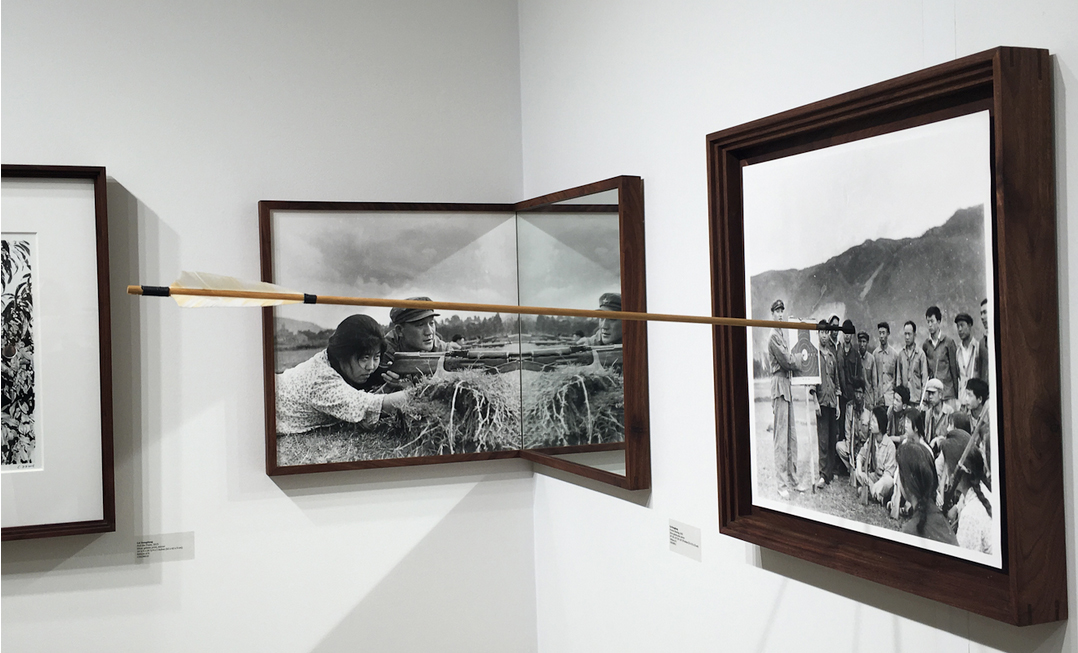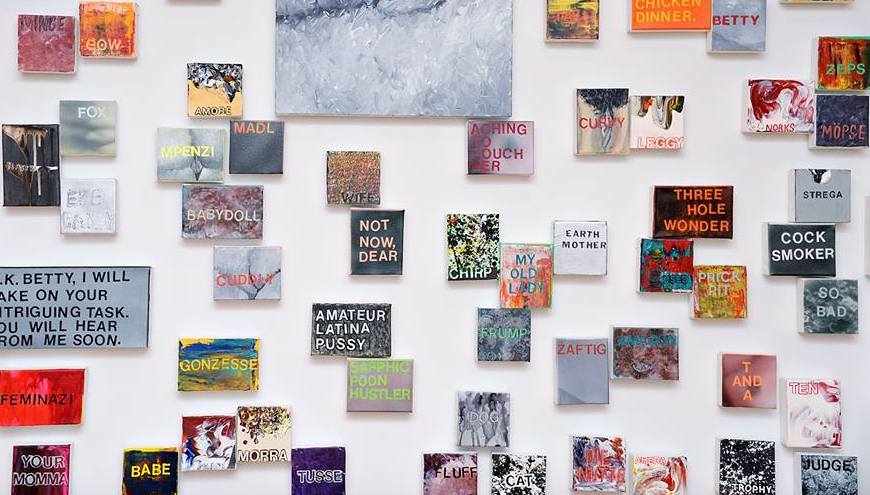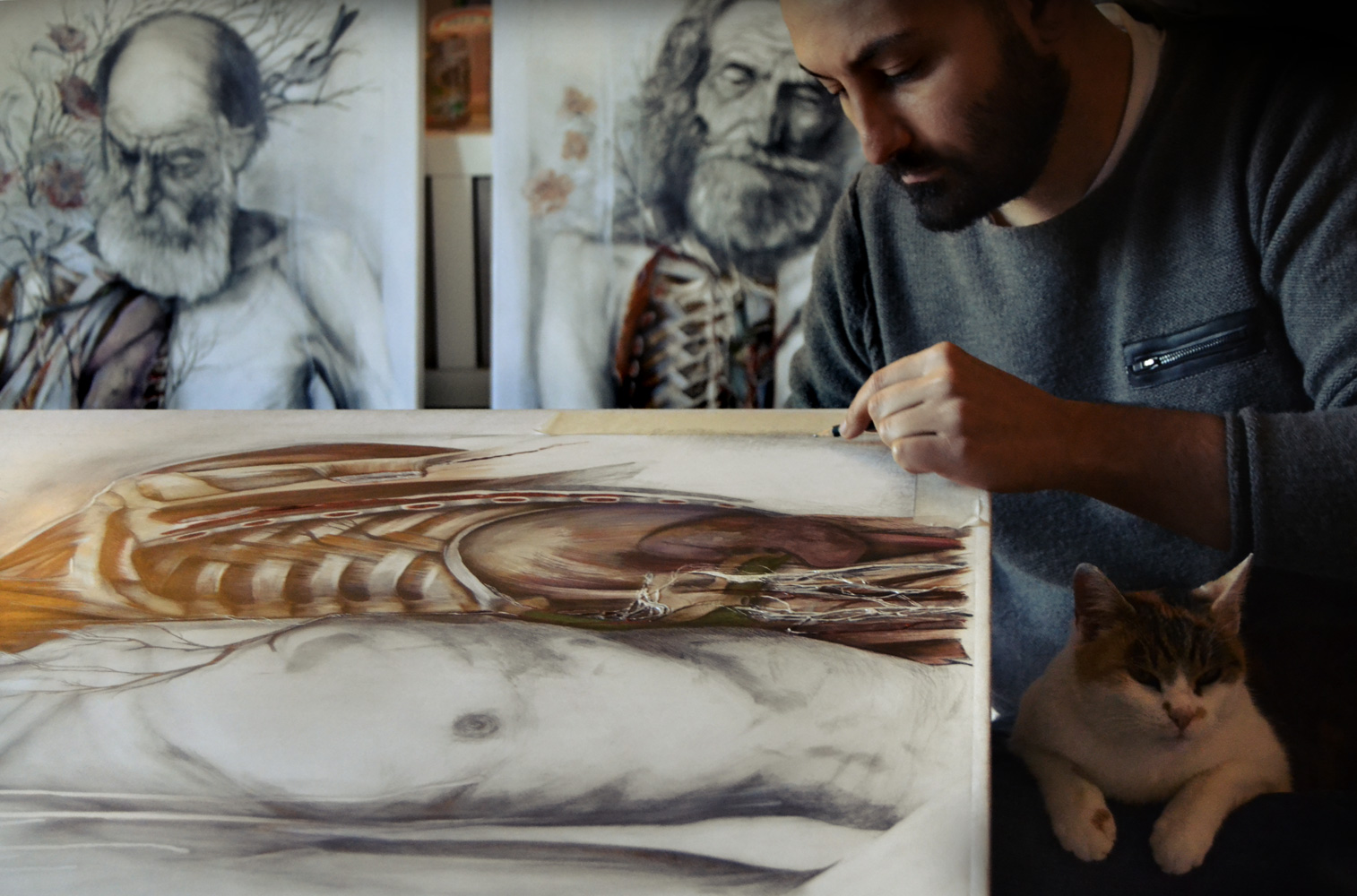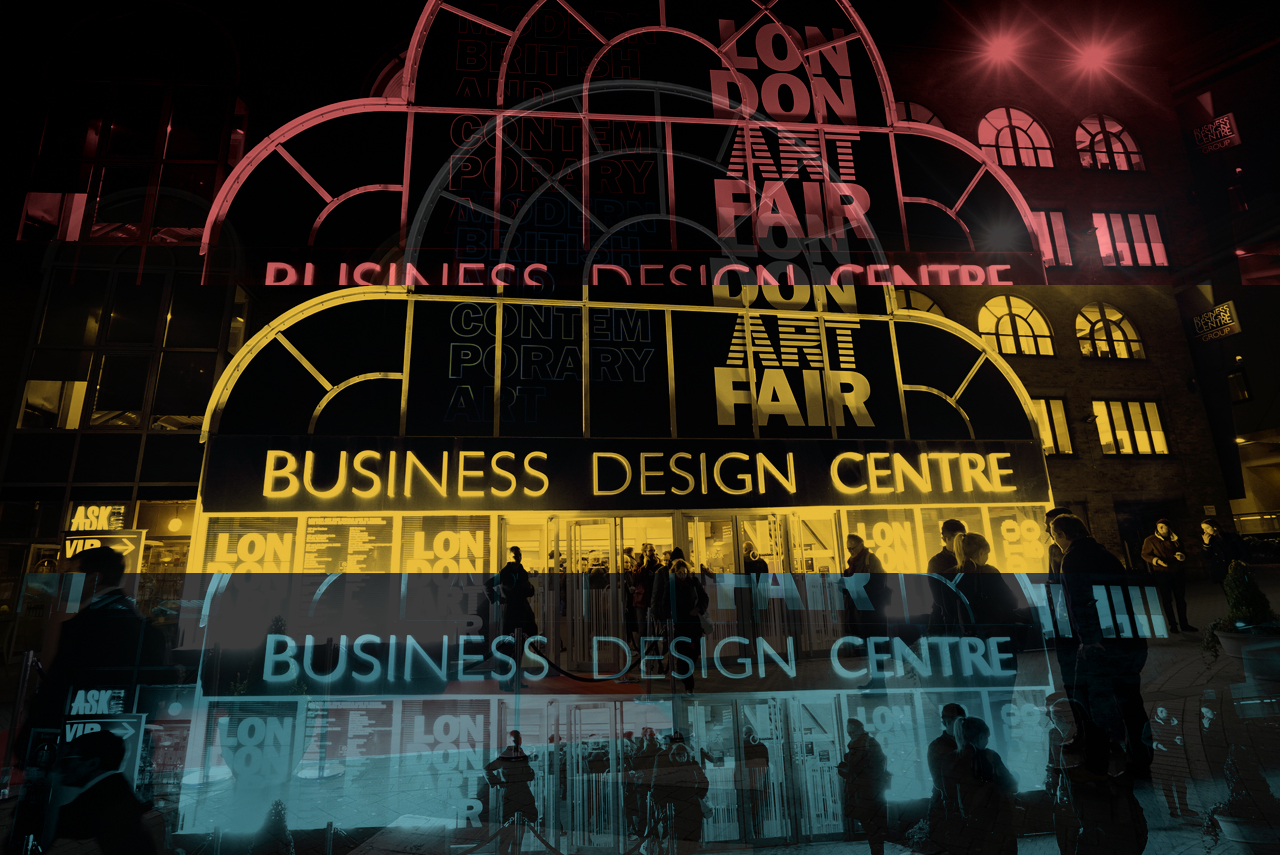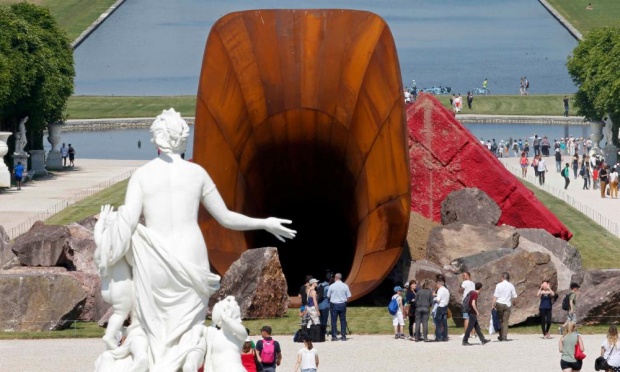
Art critics and art novices alike have been in ongoing discord over the latest contemporary exhibition at the Chateau de Versailles in France.
Indian-born British artist Anish Kapoor’s exhibit at the French tourist destination has been stirring tremendous controversy, most specifically over the massive sculpture “Dirty Corner” displayed in the 17th century palace gardens.
Kapoor told French newspaper Le Journal du Dimanche, that the installation (made of steel, earth, and mixed media), is “the vagina of a queen who is taking power.” Because of the sexualized and feminist stigma that has been preemptively attached to this piece, there has been enmity coming from both sides.
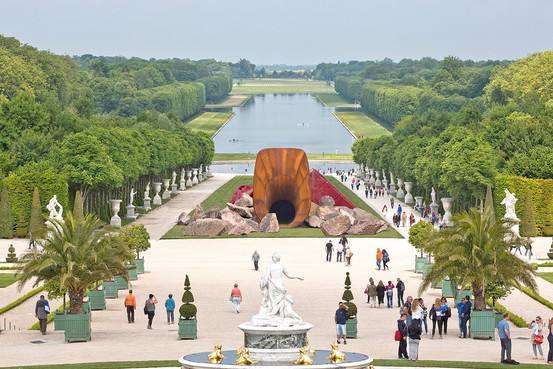
Some are saying that this contemporary piece dishonors the historical site and country’s legacy. Robert Menard, the mayor of Beziers tweeted, “Kapoor’s giant vagina at Palace of Versailles. Contemporary art continues to disfigure our heritage,” going on to mention that the artist has “slipped up.”
Kapoor fires back, stating that, “this whole place, every tree, every bush is ordered, geometrical, formalized, almost as if it’s hiding nature. And ‘Dirty Corner’ is like a big queen sitting in court, displaying herself to her courtiers, completely chaotic.”
The issue of unwanted public art is nothing new; history is filled with controversial art pieces receiving backlash from the general public…
Sleepwalker (2014) by Tony Matelli, exhibited at Wellesley College in Massachusetts.

Tilted Arc (1989) by Richard Serra, exhibited in New York’s Federal Plaza.
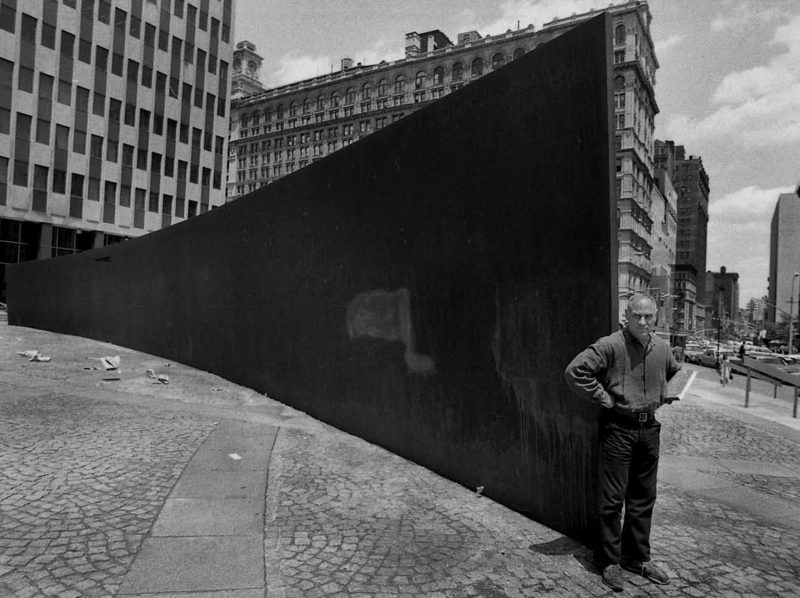
Forever Marilyn (2011) by Seward Johnson, exhibited in Chicago’s Pioneer Court.
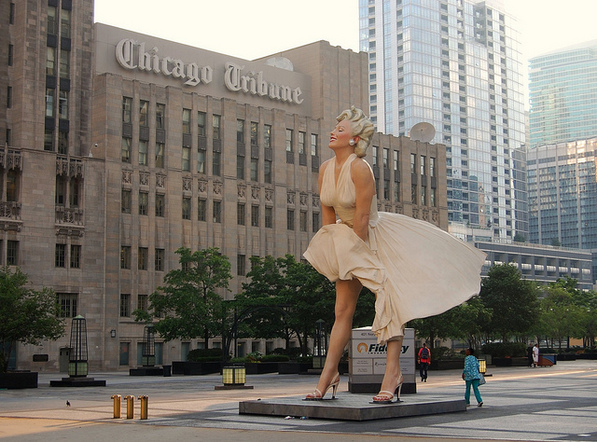
How Ya Like Me Now? (1988) by David Hammons exhibited on a billboard near the National Portrait Gallery in Washington DC.

Olympia (1863) by Edouard Manet, hung in the Salon of Paris.
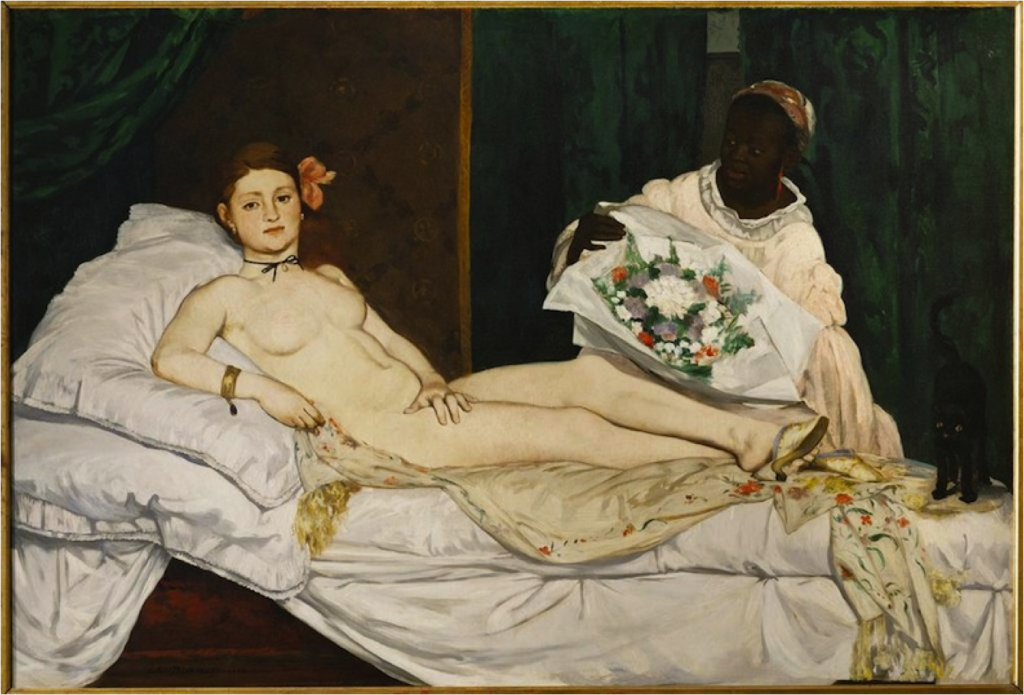
Nowadays in such a crowd-pleasing culture, it is curious to wonder whether controversy is just a clever means to attract press…but for now we’ll put motives aside and just enjoy contemporary art once again shaking up the norm.


